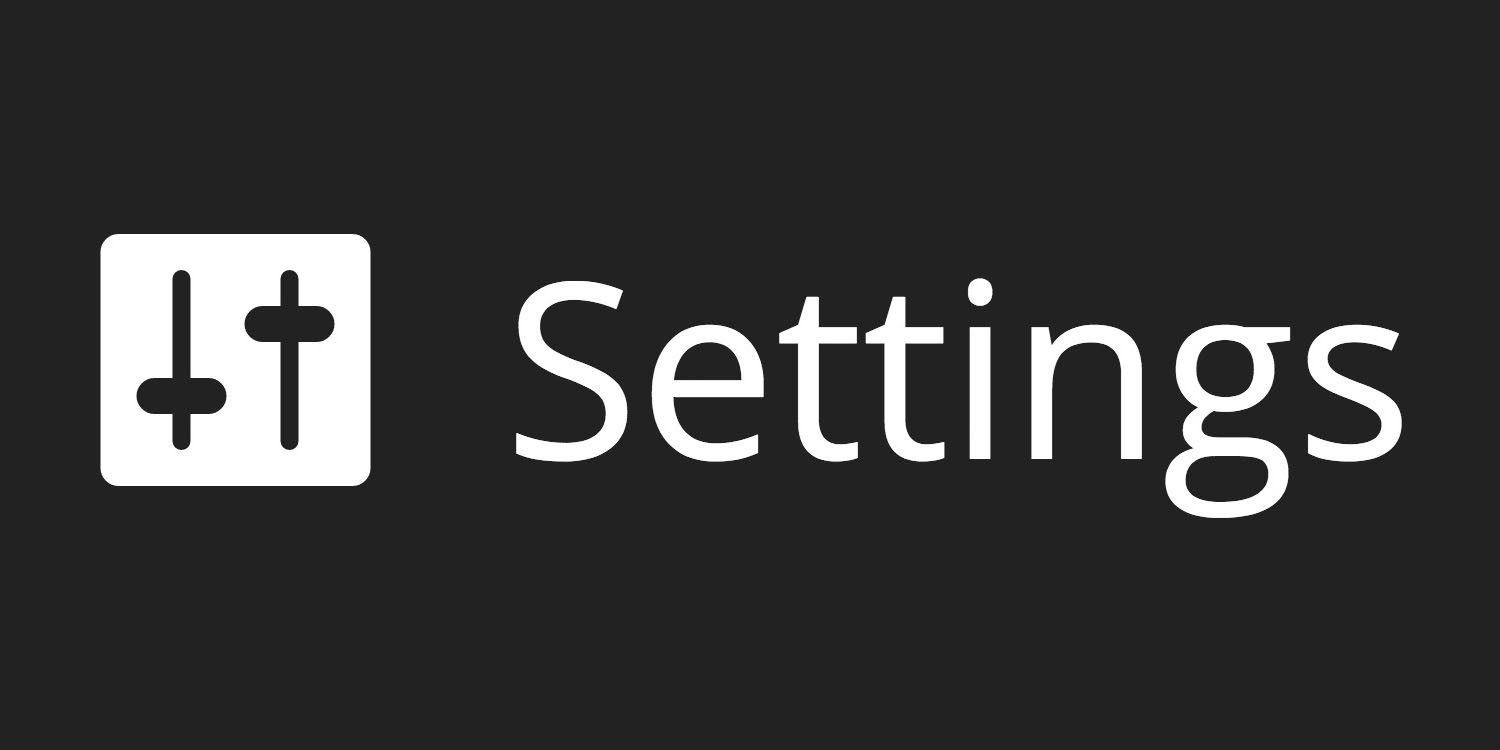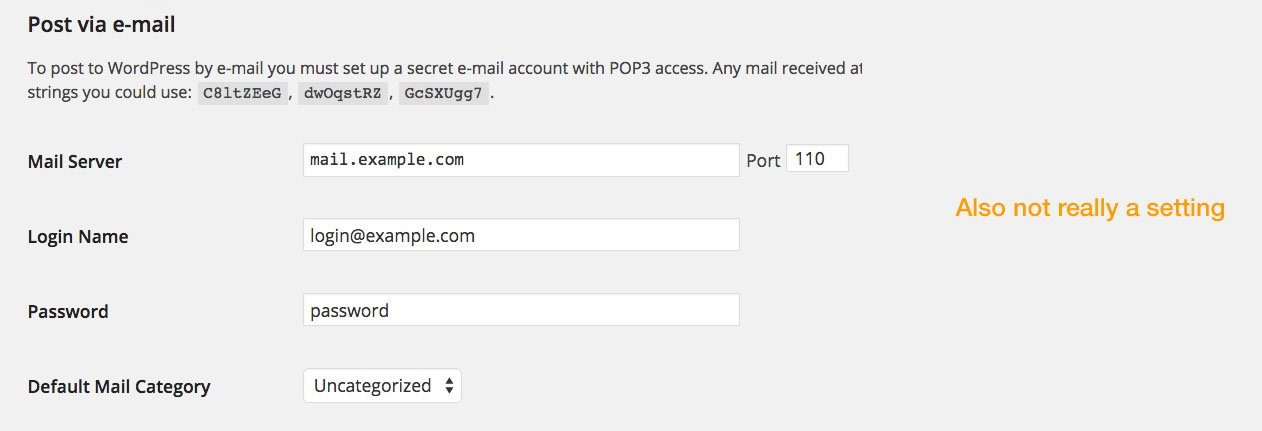Episode #4 of common problems I hear from non-WP folks trying to maintain their WordPress websites. In today’s lecture, we’ll cover Writing settings and how each piece effects WordPress authors. To review, Part 3 covered General Settings. Part 4 moves on to the next settings screen.
[blog_stripe]Settings
I said in Part 3 that the Settings section feels like a dumping ground of options. That’s still true to some extent in Writing, but the options are grouped more logically. As with Part 3, I’ve gone through the Writing Settings tabs below, block by block , and provided my thoughts on each setting.
[/blog_stripe]Formatting
This setting is pretty much worthless. Check these boxes or don’t. In all likelihood, t will make very little impact on your website. In my opinion, both options should be checked by default. But the consequences are few, so don’t worry too much about it.
Defaults
WordPress blogs will always assign each new blog post to a Category and a Format. Some themes use these organization buckets and some do not. Your mileage may vary. In any case, unless and until you’ve created another category and format, you won’t even be able to change these settings. That is, you can’t change the default category from Uncategorized to Something Else until you’ve first created the Something Else category. And that can’t be done from within Settings. More on how to create those categories later.
Regarding Formats, to my knowledge, these have to be enabled in the Theme’s functions.php file. They cannot be enabled or disabled via an admin setting. Why not? Great question.
Press This
This is not a setting. It’s a browser widget that you can drag to your toolbar and use to quickly & easily create a blog post about any website or page you browse to. Handy, for sure. But it’s not a Setting. This smells like it belong under Tools, if you ask me.
Post via Email
I don’t know anyone who uses this. And this is not a setting, it’s a series of settings about a function, all contained within the Settings section—whoa, meta. I understand why this ended up where it did, but I think it should have its own Settings screen. In any case, I don’t use it and I very much doubt that you or your clients will either.
Update Services
This is essentially a sharing service. When you publish something new on your site, this automatically notifies a series of search engines and blog aggregators that your website has changed. These search engines and aggregators will then, if they so choose, crawl your site, look for the new data, and update their index accordingly. It’s pretty handy and, by this point, entirely unnecessary. No reason to disable it. It can’t do any harm. I’d say just ignore it.
[blog_stripe]Next: Reading Settings
In Part 5, we’ll cover Reading settings. As the name suggests, these settings cover all things related to users viewing/reading your site. Some other platforms refer to these settings as something like “public view.” Part 5 will discuss how these settings impact your users’ experience of viewing what you publish.
[/blog_stripe]





